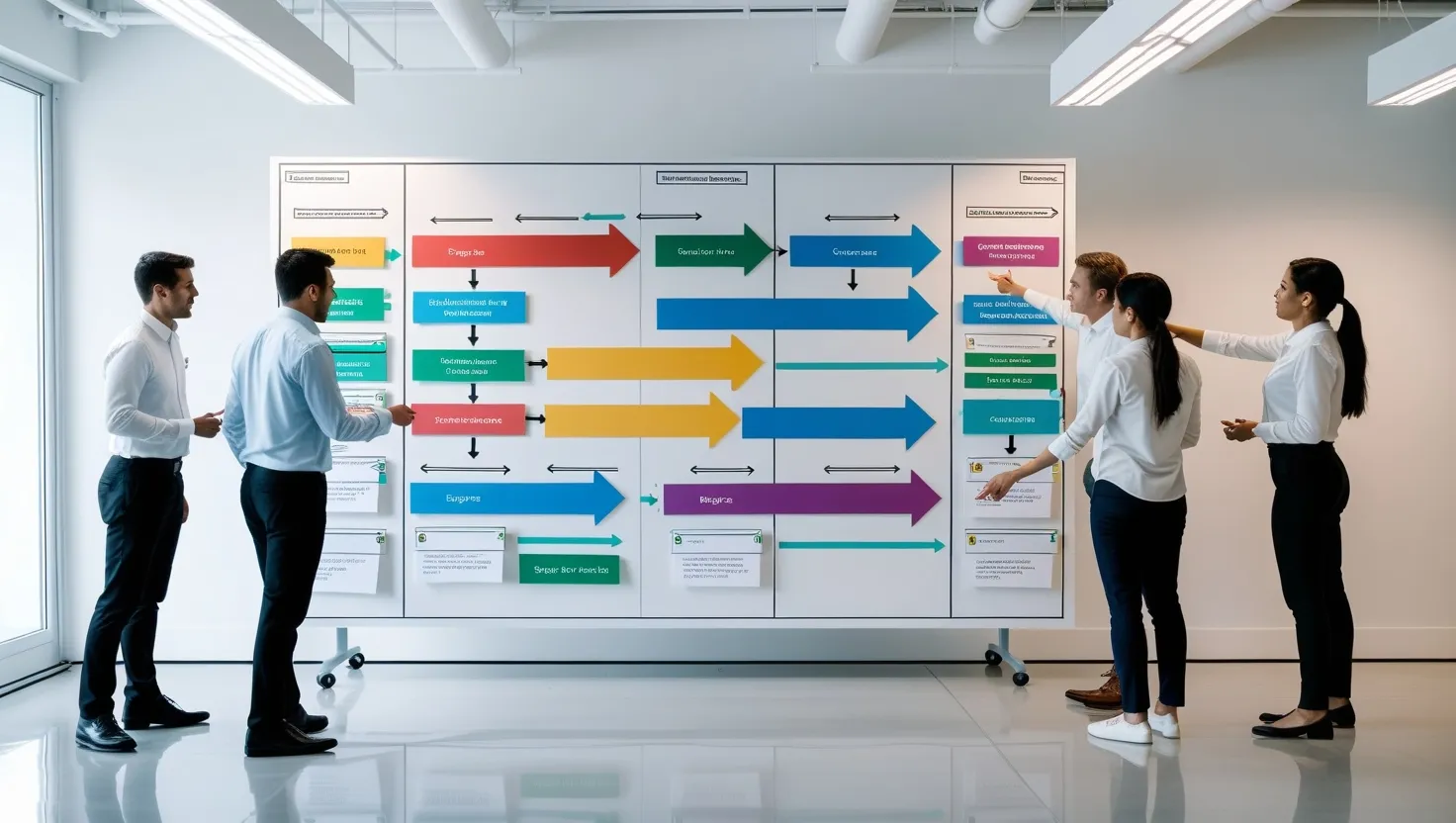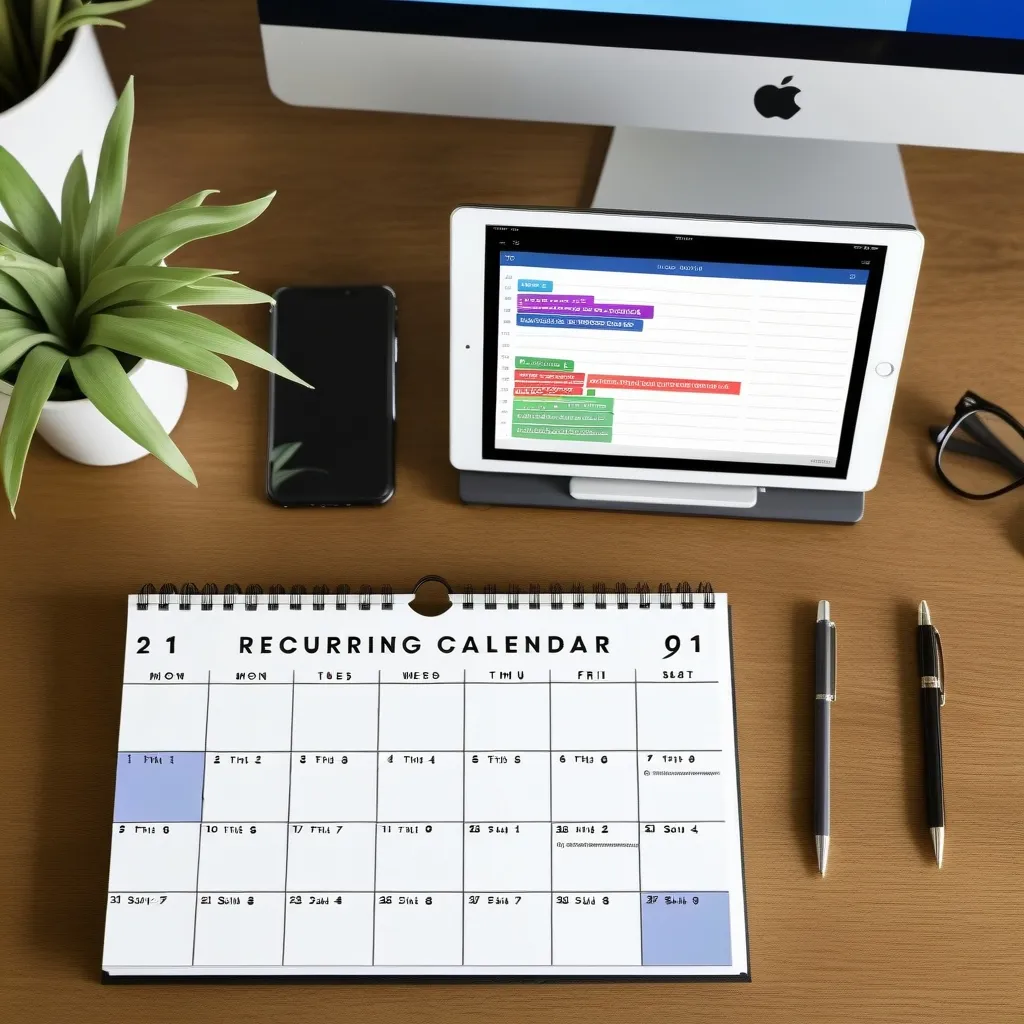Have you ever found yourself swamped with minor tasks, wondering how on earth they managed to pile up so quickly? In today’s fast-paced world, effective time management is key to productivity and reducing stress. One gem of a technique that can really help you master your time is the two-minute rule. It’s as simple as it is powerful: if something can be done in less than two minutes, just get it done right away. This nifty rule can reshape your everyday routine and seriously boost productivity. Let’s dive in and see how it works.
Getting things done immediately can be a game changer. It’s so easy to see a quick task and think, “I’ll do it later,” but those little tasks can snowball into a mountain of mental clutter and distractions. Imagine you get a quick email asking for a confirmation or need to send a short text. Do it now, clear it off your list, and keep your mind free for the more significant tasks. This way, you’ll find yourself less overwhelmed and more on top of things.
Procrastination is the arch-nemesis of productivity, and the two-minute rule fights it head-on. By dealing with small tasks as soon as they pop up, you avoid giving them the chance to become bigger, more daunting chores. Plus, knocking out these little victories one by one gives you a momentum boost and a sense of accomplishment that can carry you through your day. Picture this: you’ve got a messy desk, a stack of papers to file, or need to set a few reminders. If you handle these asap, you’ll pave the way for a day where you’re more motivated to tackle the bigger stuff.
Let’s talk focus. The fewer niggly tasks you have buzzing around in your head, the better you’ll be able to concentrate on what truly matters. It’s hard to dive deep into important work when you’re constantly pulled away by those “I’ll do it later” tasks. Start your day by clearing the decks with quick actions like replying to emails, tidying up your workspace, or setting your day’s schedule. This leaves your mind clear and ready to focus on more complex projects without the mental clutter.
There’s something magical about momentum. When you finish a two-minute task, it often energizes you to jump straight into the next one. This domino effect can lead to an impressively productive day where tons of little tasks fall like dominos. Imagine starting with wiping down your kitchen counter and then feeling pumped enough to tackle tidying the living room. Suddenly, your space is clean and organized, boosting your mood and productivity all around.
But be mindful about context switching. The two-minute rule is fantastic, but it shouldn’t disrupt your deep work. Interrupting a focused session to handle a quick email might seem harmless, but frequent task switching wrecks productivity. It’s more efficient to block off times for concentrated work and reserve two-minute tasks for breaks or transition periods. Picture yourself deeply engaged in prepping for a big presentation; don’t let a quick email distract you. Stay on task and handle those quickies during predetermined breaks.
To embed the two-minute rule into your everyday routine, start by identifying what those quick tasks are. Go over your to-do list and flag anything that takes less than two minutes. Whenever you spot such a task, try and complete it right then and there. Weave this habit into your schedule so it becomes second nature. Begin your workday by scanning for any bite-sized tasks and clearing them out to kickstart a productive day. Focus solely on the task at hand and avoid sidetracking yourself with other activities. Sometimes, batching similar two-minute tasks together in one go can help you maintain your momentum. Regularly review your to-do list to catch new quick tasks and handle them immediately.
Okay, but what exactly qualifies as a two-minute task? Think of stuff like shooting off a quick email, tidying up your desk, setting reminders, or sending a brief text. It’s these small, everyday actions that can swiftly accumulate and weigh you down if not handled immediately. Organizing documents, whether physical or digital, or confirming an appointment with a quick call, are all perfect examples of two-minute tasks.
Of course, there are challenges. Sometimes we misjudge how long something will take, thinking it’s a quickie when it’s not. If a task slightly exceeds the two-minute mark but won’t drastically impact your schedule, use your judgment and consider extending your time. Sticking to the rule consistently can also be a bit of a hassle. It requires discipline and a readiness to hold yourself accountable. The goal is to make it habitual by embedding it into your routine.
Using the two-minute rule wrongly can backfire. Constant task switching—which happens if you keep interrupting yourself with quick tasks—can be detrimental. Say you’re working on a big project; if you’re constantly breaking to handle two-minute tasks, progress on the project grinds to a halt. It’s crucial to prioritize significant tasks during dedicated time slots and save smaller ones for breaks.
This simple yet revolutionary two-minute rule can seriously enhance productivity and curb procrastination. By shifting small tasks from your mental list to done-and-dusted, your mind stays clear, your momentum grows, and your focus sharpens. Adopting this rule into your daily groove doesn’t take much effort and can profoundly streamline your workday. Remember to be wise in its application, ensuring it complements your intense focus sessions rather than disrupting them. Implement the two-minute rule to maximize efficiency, achieve more in less time, and enjoy a more organized, productive day.






